- Araliaceae
- Asteraceae
- Campanulaceae
- Caryophyllaceae
- Elaeagnaceae
- Ephedraceae
- Gentianaceae
- Ginkgoaceae
- Guttiferae
- Labiatae
- Leguminosae
- Liliaceae
- Magnoliaceae
- Malvaceae
- Oleaceae
- Orchidaceae
- Orobanchaceae
- Palmae
- Poaceae
- Polygalaceae
- Ranunculaceae
- Rutaceae
- Sarraceniaceae
- Schisandraceae
- Scrophulariaceae
- Solanaceae
- Taxaceae
- Theaceae
- Thymelaeaceae
- Umbelliferae
- Valerianaceae
- Zingiberaceae

Anemarrhena asphodeloides
- Introduction
- Published data
- Download
The rhizomes of Anemarrhena asphodeloides Bunge (Liliaceae) have been widely used in China, Japan, and Korea as an ingredient in herbal medicines. This plant has been reported to have anticancer, antidiabetic, antifungal, antiplatelet aggregation, antiviral, and neuroprotective activities.
Pubulications:
Kim N, Ryu S M, Lee D H, et al. A metabolomic approach to determine the geographical origins of Anemarrhena asphodeloides by using UPLC–QTOF MS[J]. Journal of pharmaceutical and biomedical analysis, 2014, 92: 47-52.
Details:
http://herbalplant.ynau.edu.cn/index.php?m=content&c=index&a=show&catid=100&id=180

Vigna Radiata
- Introduction
- Published data
- Download
Mung bean (Vigna Radiata) has been traditionally used in China both as nutritional food and herbal medicine against a number of inflammatory conditions since the 1050s.
Pubulications:
Hashiguchi A, Zhu W, Tian J, et al. Datasets of mung bean proteins and metabolites from four different cultivars[J]. Data in brief, 2017, 13: 703-706.
Details:
http://herbalplant.ynau.edu.cn/index.php?m=content&c=index&a=show&catid=100&id=179
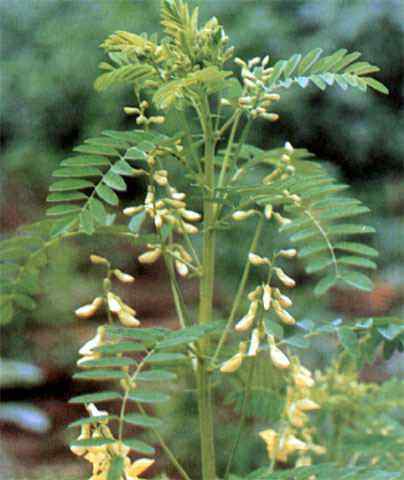
Astragalus L.
- Introduction
- Published data
- Download
Astragalus L. is the largest genus in the Leguminosae family,
comprising ;2000 species, grouped into more than 100 subdivisions, and there are 278 species in China, are widely used as TraditionalnChinese Medicinal herbs for anti-perspirant and anti-diuretic.
Pubulications:
1. Duan L X, Chen T L, Li M, et al. Use of the metabolomics approach to characterize Chinese medicinal material Huangqi[J]. Molecular plant, 2012, 5(2): 376-386.
2. Li A P, Li Z Y, Sun H F, et al. Comparison of two different Astragali radix by a 1H NMR-based metabolomic approach[J]. Journal of proteome research, 2015, 14(5): 2005-2016.
3. Zheng L, Wang M, Ibarra-Estrada E, et al. Investigation of chemomarkers of astragali radix of different ages and geographical origin by NMR profiling[J]. Molecules, 2015, 20(2): 3389-3405.
4. Jia X, Sun C, Zuo Y, et al. Integrating transcriptomics and metabolomics to characterise the response of Astragalus membranaceus Bge. var. mongolicus (Bge.) to progressive drought stress[J]. BMC genomics, 2016, 17(1): 188.
Details:
http://herbalplant.ynau.edu.cn/index.php?m=content&c=index&a=show&catid=100&id=178
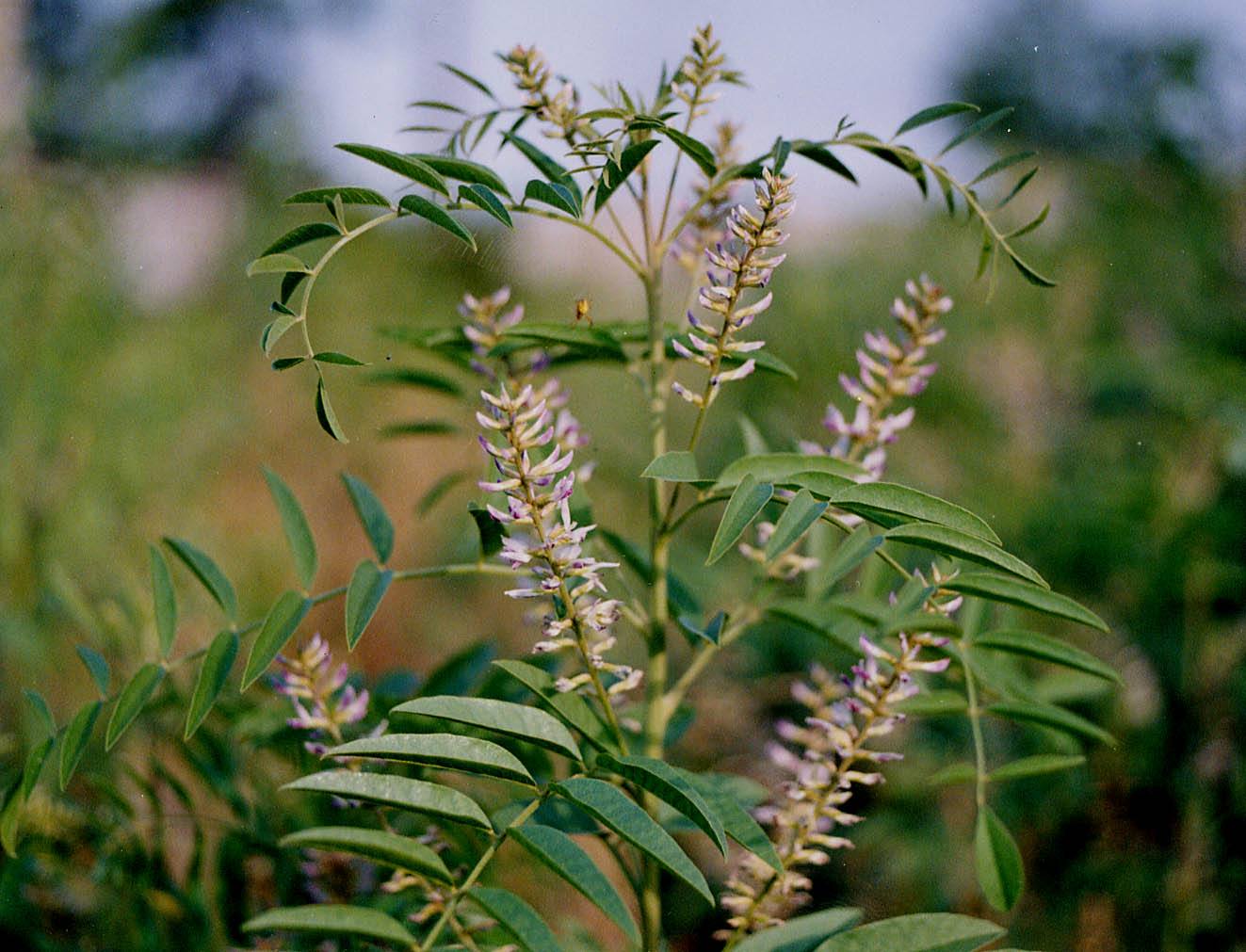
Glycyrrhiza
- Introduction
- Published data
- Download
The roots and rhizomes of licorice (Glycyrrhiza) species have long been used worldwide as a herbal medicine and natural sweetener. Licorice root is a traditional medicine used mainly for the treatment of peptic ulcer, hepatitis C, and pulmonary and skin diseases, although clinical and experimental studies suggest that it has several other useful pharmacological properties such as antiinflammatory, antiviral, antimicrobial, antioxidative, anticancer activities, immunomodulatory, hepatoprotective and cardioprotective effects.
Pubulications:
Song W, Qiao X, Chen K, et al. Biosynthesis-Based Quantitative Analysis of 151 Secondary Metabolites of Licorice To Differentiate Medicinal Glycyrrhiza Species and Their Hybrids[J]. Analytical Chemistry, 2017, 89(5): 3146-3153.
Details:
http://herbalplant.ynau.edu.cn/index.php?m=content&c=index&a=show&catid=100&id=177
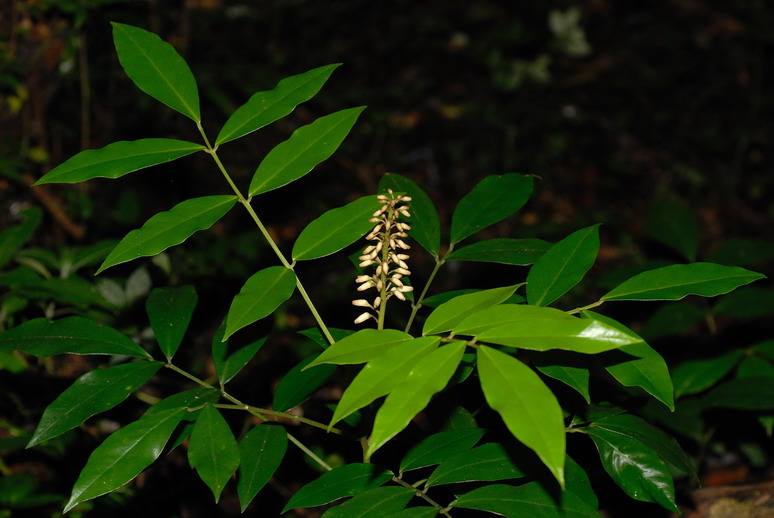
Clematidis Radix et Rhizoma
- Introduction
- Published data
- Download
Clematidis Radix et Rhizoma (CRR), called Wei-ling-xian in Chinese, is a typical
“one-to-multiple” herb which has been widely used for treating arthritic in China. There are 108 Clematis species in China, however, only a few of them can be used for medicinal purposes.
Pubulications:
Guo L X, Li R, Liu K, et al. Structural characterization and discrimination of Chinese medicinal materials with multiple botanical origins based on metabolite profiling and chemometrics analysis: Clematidis Radix et Rhizoma as a case study[J]. Journal of Chromatography A, 2015, 1425: 129-140.
Details:
http://herbalplant.ynau.edu.cn/index.php?m=content&c=index&a=show&catid=100&id=176
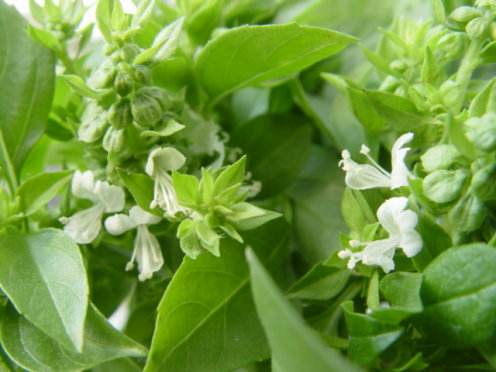
Ocimum
- Introduction
- Published data
- Download
Ocimum (sweet basil) is a plant of considerable commercial importance in traditional medicine worldwide as well as for the flavor and food industry.
Pubulications:
Farag M A, Ezzat S M, Salama M M, et al. Anti-acetylcholinesterase potential and metabolome classification of 4 Ocimum species as determined via UPLC/qTOF/MS and chemometric tools[J]. Journal of pharmaceutical and biomedical analysis, 2016, 125: 292-302.
Details:
http://herbalplant.ynau.edu.cn/index.php?m=content&c=index&a=show&catid=100&id=175

Salvia miltiorrhiza
- Introduction
- Published data
- Download
Salvia miltiorrhiza (S. miltiorrhiza) Bunge is broadly used as Chinese medicine for the clinical treatments of cardiovascular and cerebrovascular diseases, chronic renal failure, neurasthenic insomnia, dysmenorrheal, and liver cirrhosis.
Pubulications:
1. Jiang M, Wang C, Zhang Y, et al. Sparse Partial‐least‐squares Discriminant Analysis for Different Geographical Origins of Salvia miltiorrhiza by 1H‐NMR‐based Metabolomics[J]. Phytochemical Analysis, 2014, 25(1): 50-58.
2. Zhao Q, Song Z, Fang X, et al. Effect of genotype and environment on Salvia miltiorrhiza Roots Using LC/MS-Based Metabolomics[J]. Molecules, 2016, 21(4): 414.
Details:
http://herbalplant.ynau.edu.cn/index.php?m=content&c=index&a=show&catid=100&id=174

Symphonia globulifera L.f.
- Introduction
- Published data
- Download
Symphonia globulifera L.f. has been widely used in traditional medicine to fight
against various disorders such as parasitic disease or body pain.
Pubulications:
Fromentin Y, Cottet K, Kritsanida M, et al. Symphonia globulifera, a widespread source of complex metabolites with potent biological activities[J]. Planta medica, 2015, 81(02): 95-107.
Details:
http://herbalplant.ynau.edu.cn/index.php?m=content&c=index&a=show&catid=100&id=173
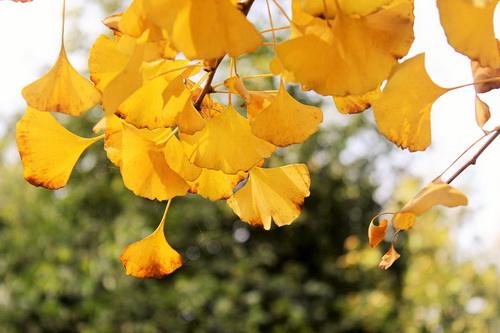
Ginkgo biloba
- Introduction
- Published data
- Download
Plant endophytic fungi, different from pathogen, are the microorganisms that spend the whole or part of their lifecycle colonizing inter-and/or intra-cellular inside the healthy tissue of their host plant, typically causing no apparent symptoms of diseases.
Pubulications:
Cao L L, Zhang Y Y, Liu Y J, et al. Anti-phytopathogenic activity of sporothriolide, a metabolite from endophyte Nodulisporium sp. A21 in Ginkgo biloba[J]. Pesticide biochemistry and physiology, 2016, 129: 7-13.
Details:
http://herbalplant.ynau.edu.cn/index.php?m=content&c=index&a=show&catid=100&id=172
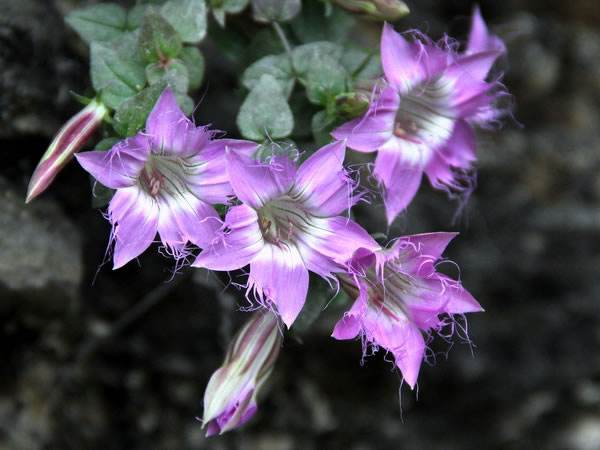
Gentiana rhodantha Franch. ex Hemsl
- Introduction
- Published data
- Download
Gentiana rhodantha Franch. ex Hemsl, Gentianaceae, is mainly distributed in southwest China. The aerial parts of G. rhodantha, a traditional ethnomedicine, is wildly used by Tibetan and Miao nationality for treatment of hepatitis, jaundice, phthisis, dysentery, etc.
Pubulications:
Pan Y, Zhang J, Shen T, et al. Comparative metabolic fingerprinting of Gentiana rhodantha from different geographical origins using LC-UV-MS/MS and multivariate statistical analysis[J]. BMC biochemistry, 2015, 16(1): 9.
Details:
http://herbalplant.ynau.edu.cn/index.php?m=content&c=index&a=show&catid=100&id=171